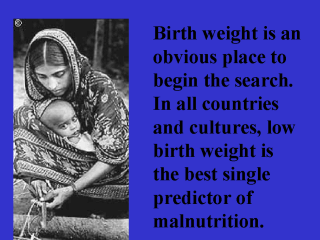| front |1 |2 |3 |4 |5 |6 |7 |8 |9 |10 |11 |12 |13 |14 |15 |16 |17 |18 |19 |20 |21 |22 |23 |24 |25 |26 |27 |28 |29 |30 |31 |32 |33 |34 |35 |36 |37 |review |
 |
Does this mean
that girls and women in South Asia are less well regarded and less well cared for than in
sub-Saharan Africa? The answer must be yes. And it is a conclusion which draws
reinforcement from the fact that only in Asia do we find a ratio of female life expectancy
to male life expectancy that is significantly below the worldwide norms. The incidence of low birth weight is one clear marker of this process. Another is the level of anaemia. About 40% of women in sub-Saharan Africa suffer from iron deficiency anaemia, as opposed to approximately 60% of women in South Asia, a proportion that rises to 75% in pregnancy (and a staggering 83% in India). In short, the poor care that is afforded to girls and women by their husbands and by elders is the first major reason for levels of child malnutrition that are markedly higher in South Asia than anywhere else in the world. |